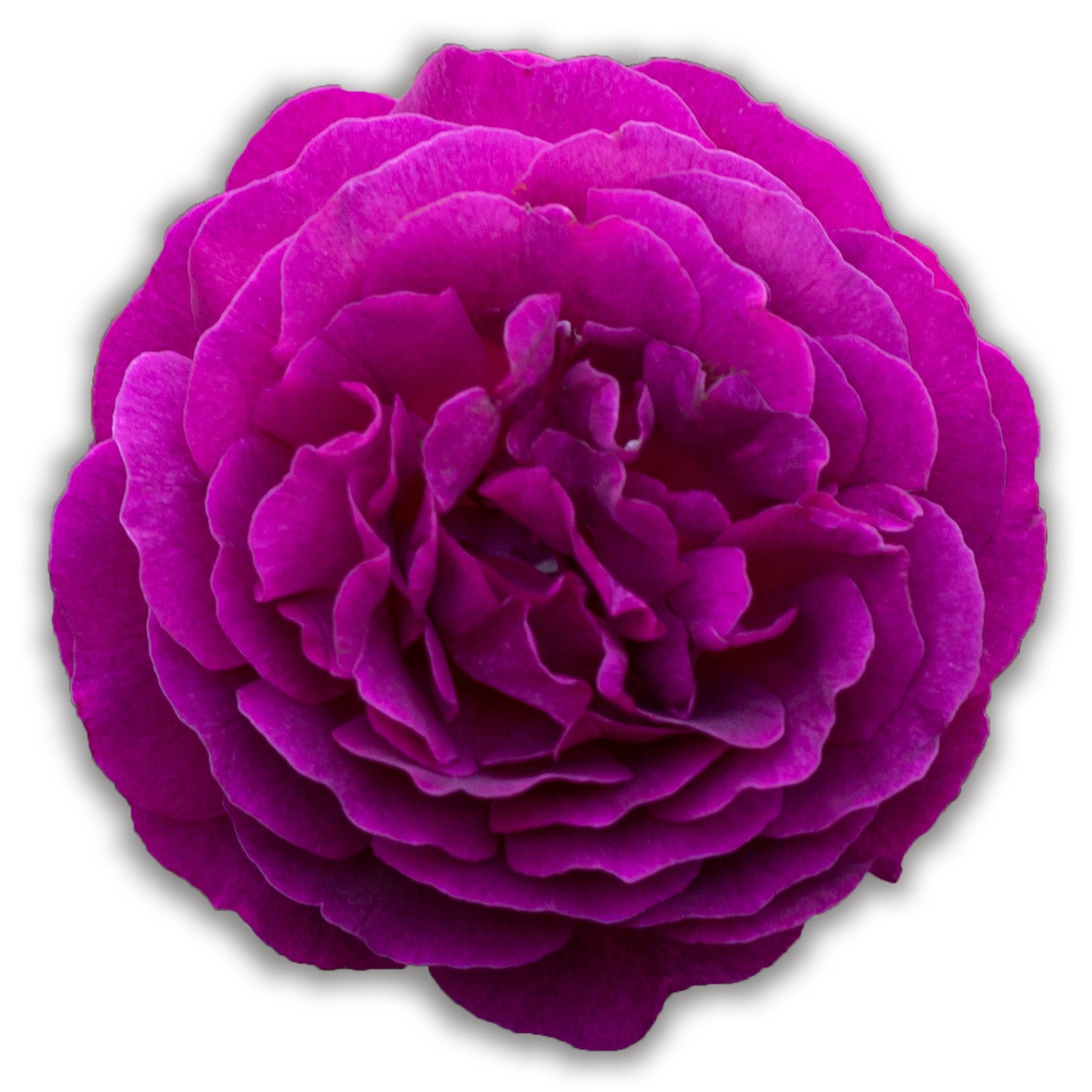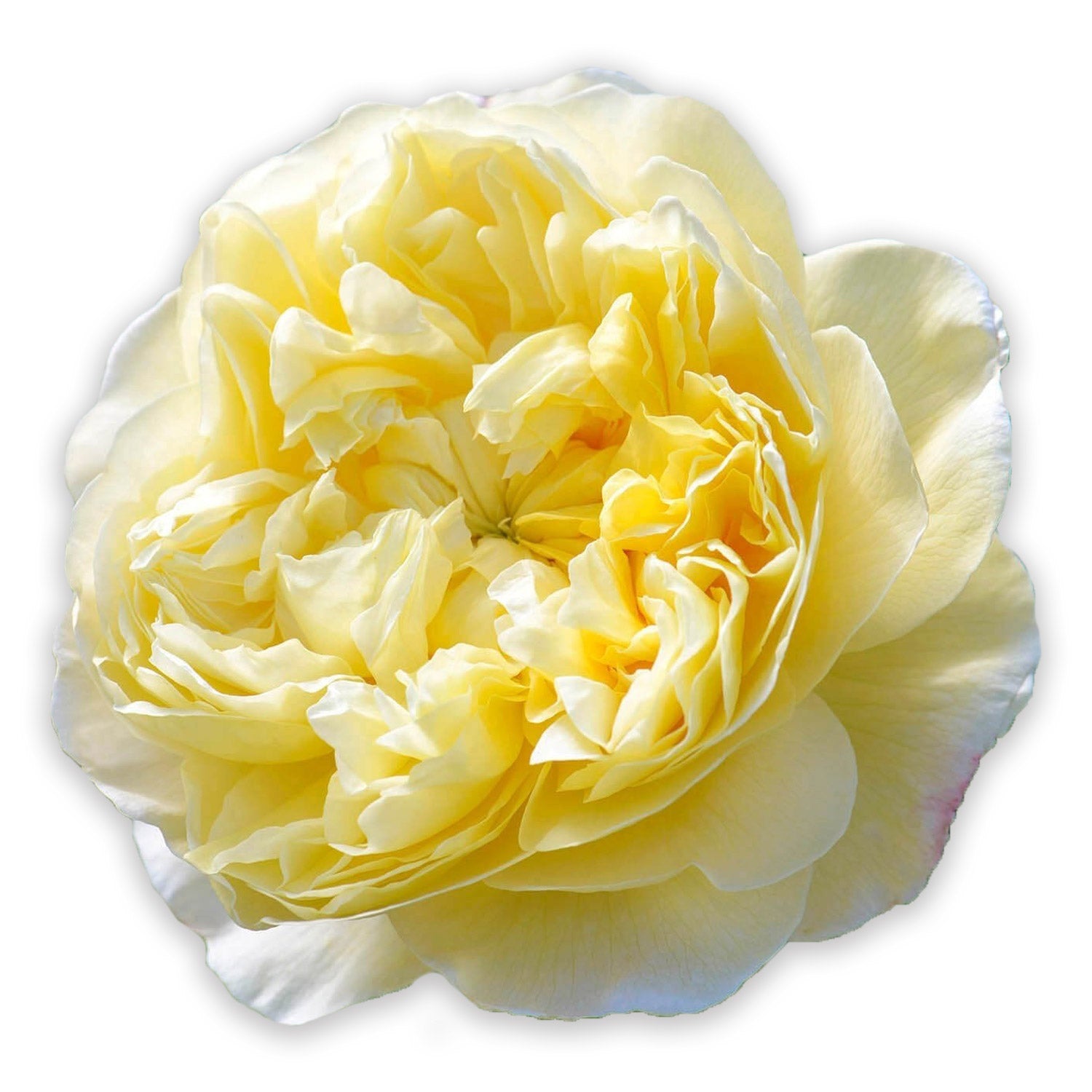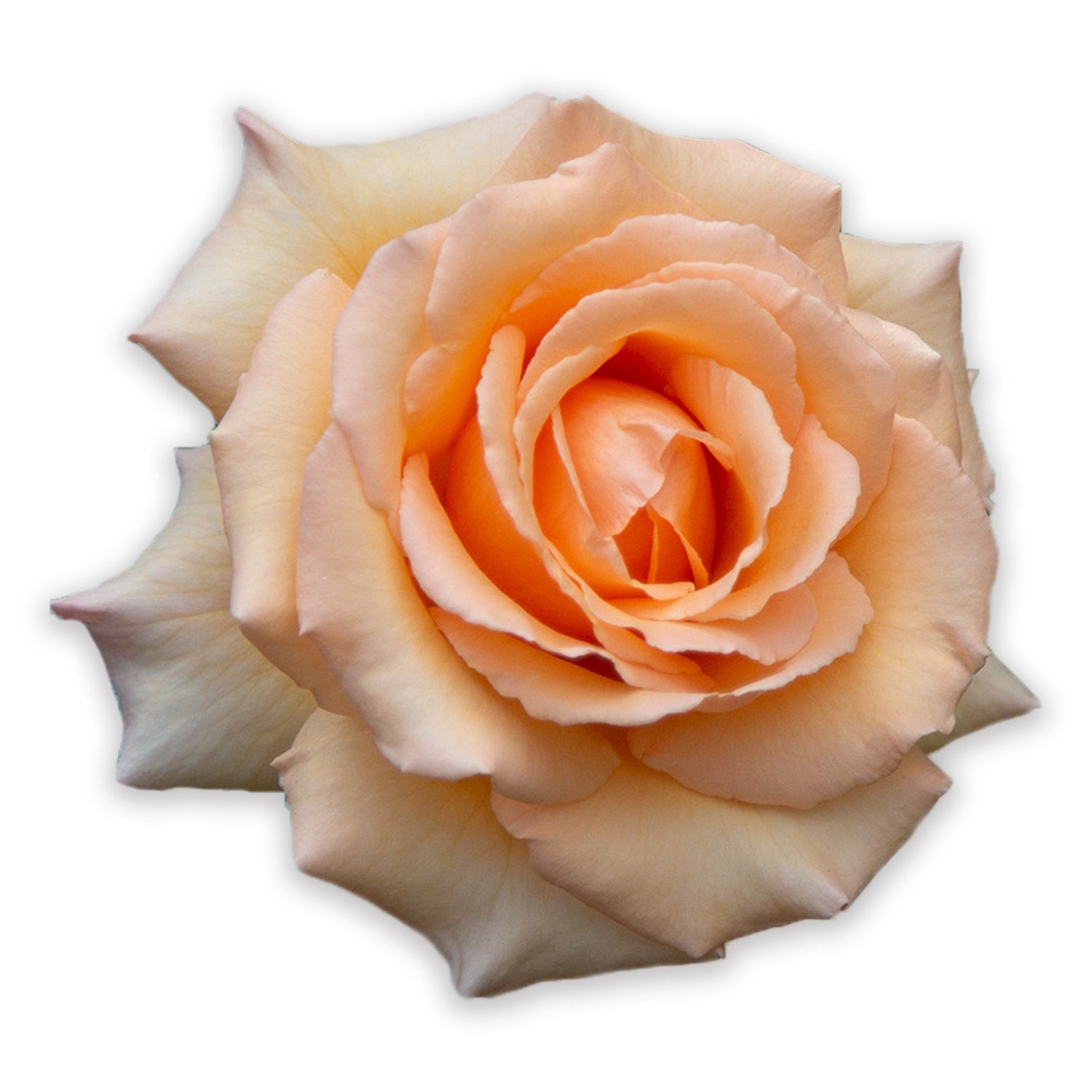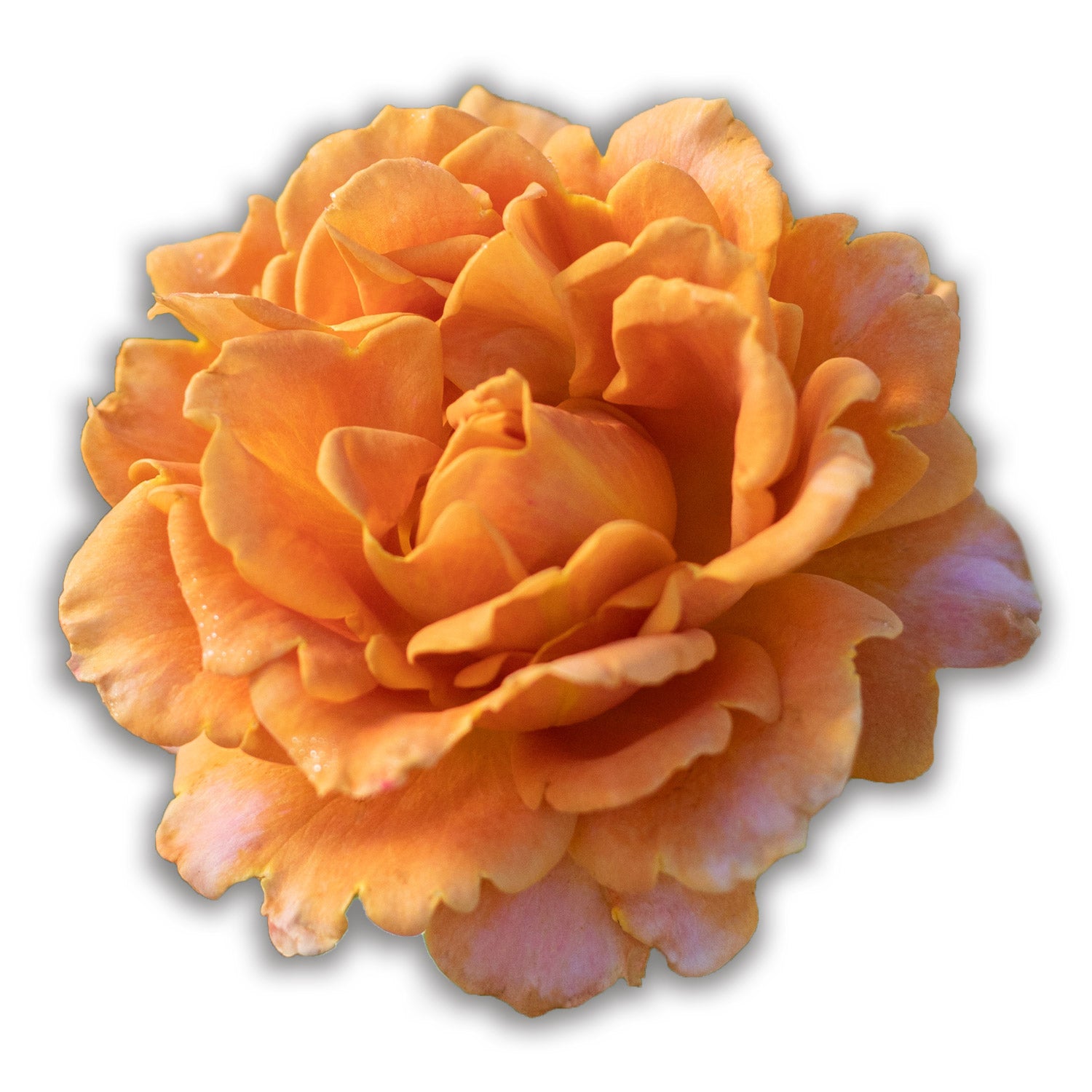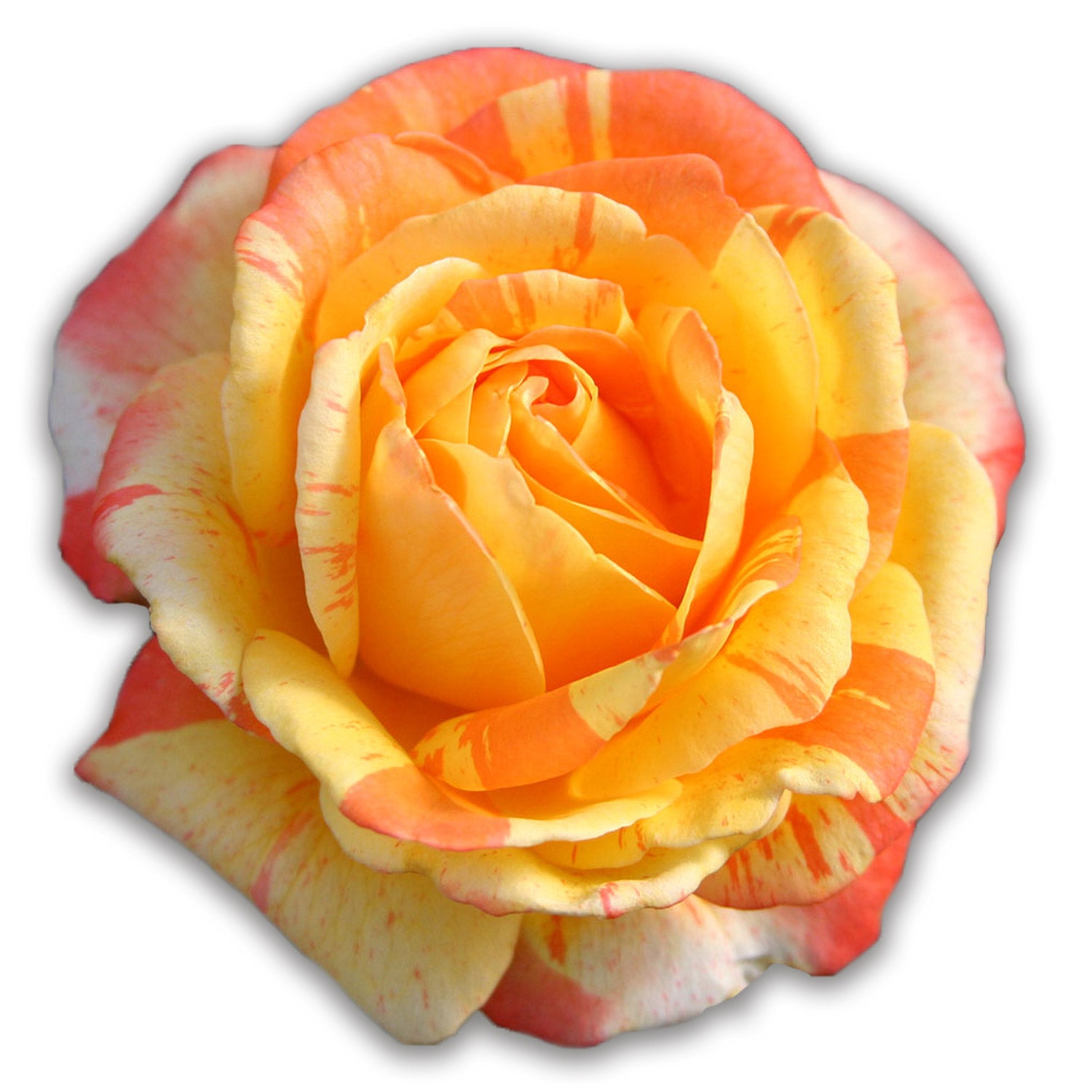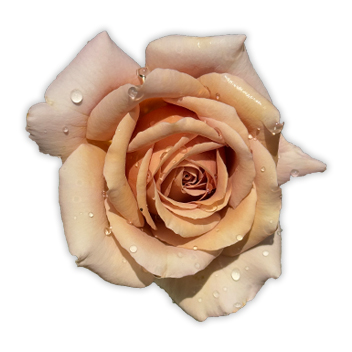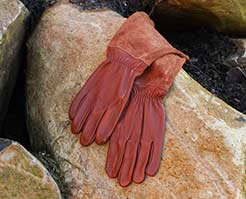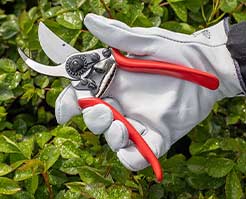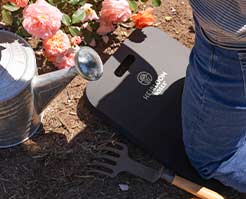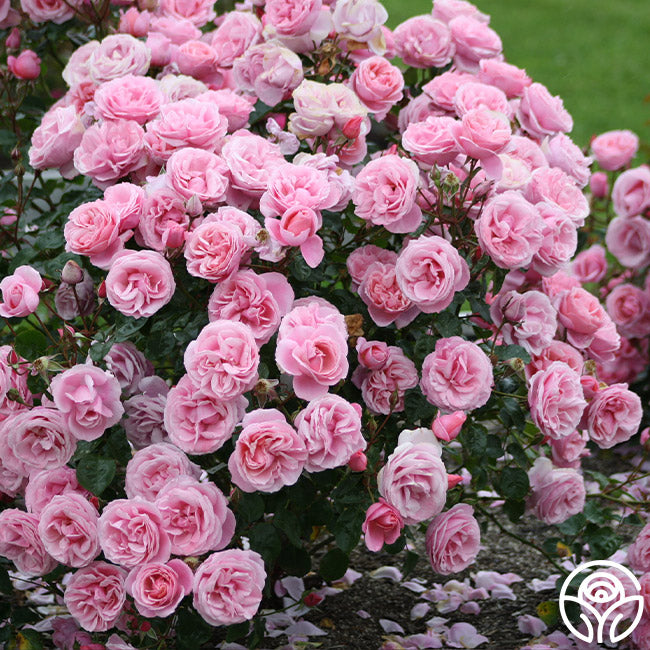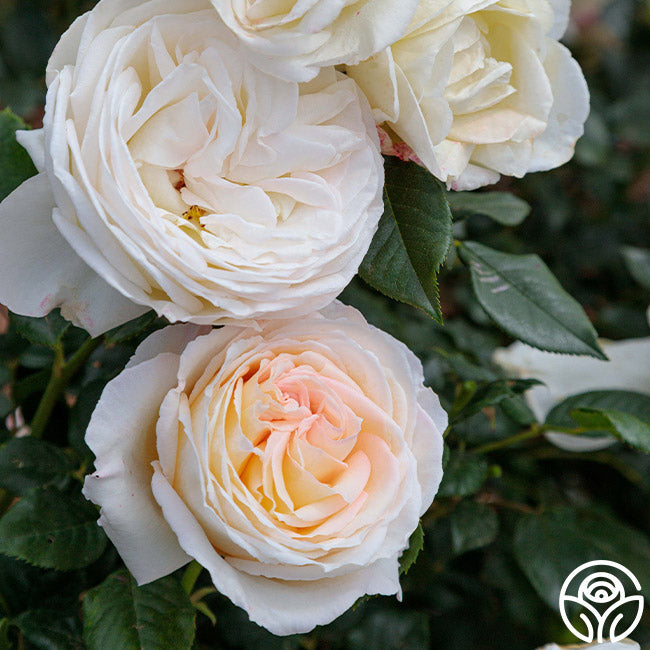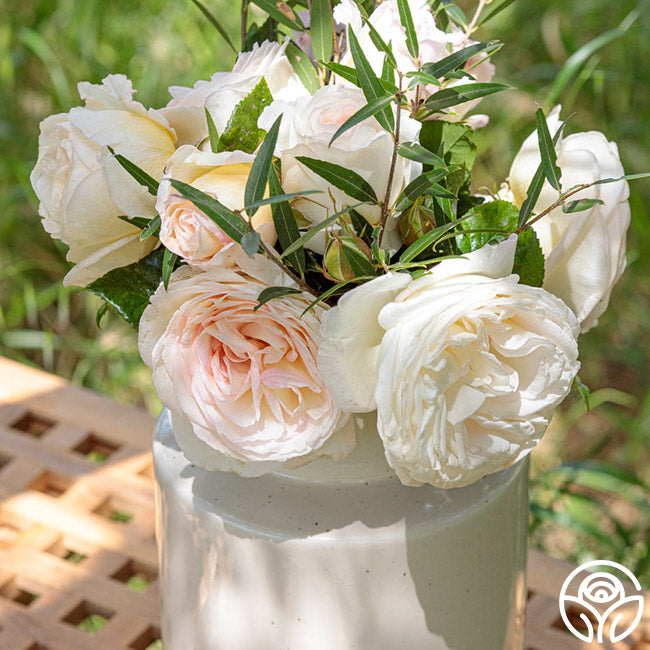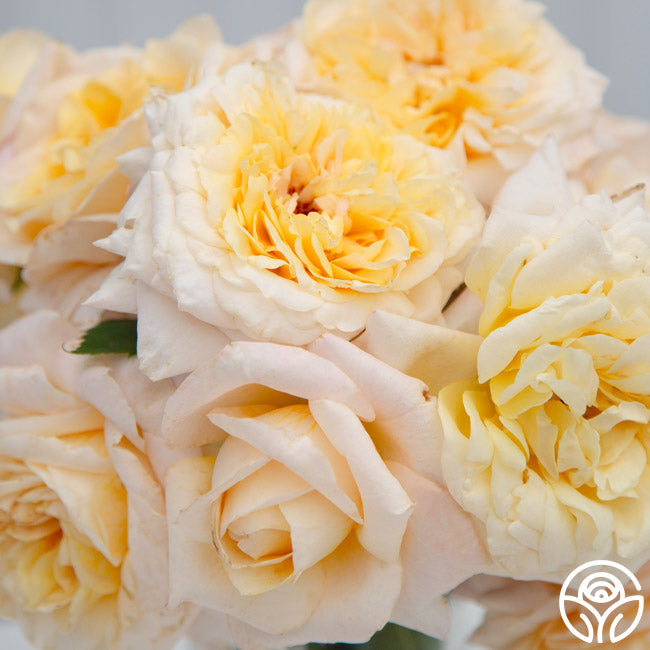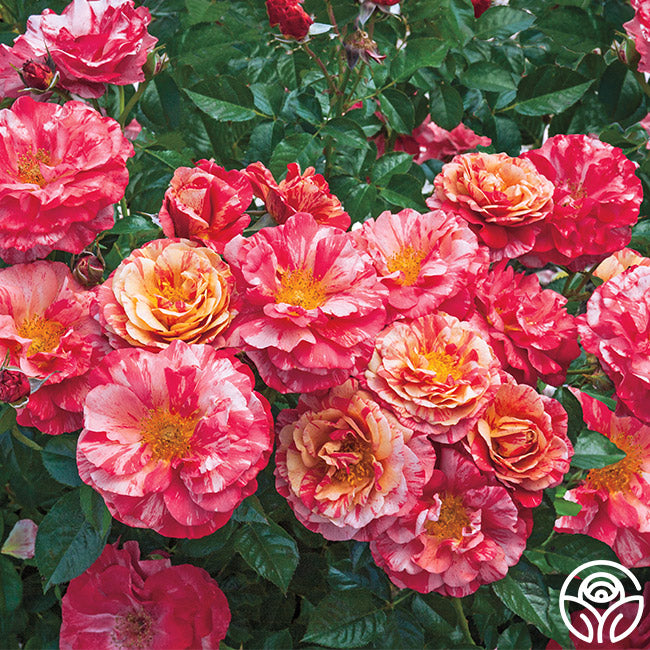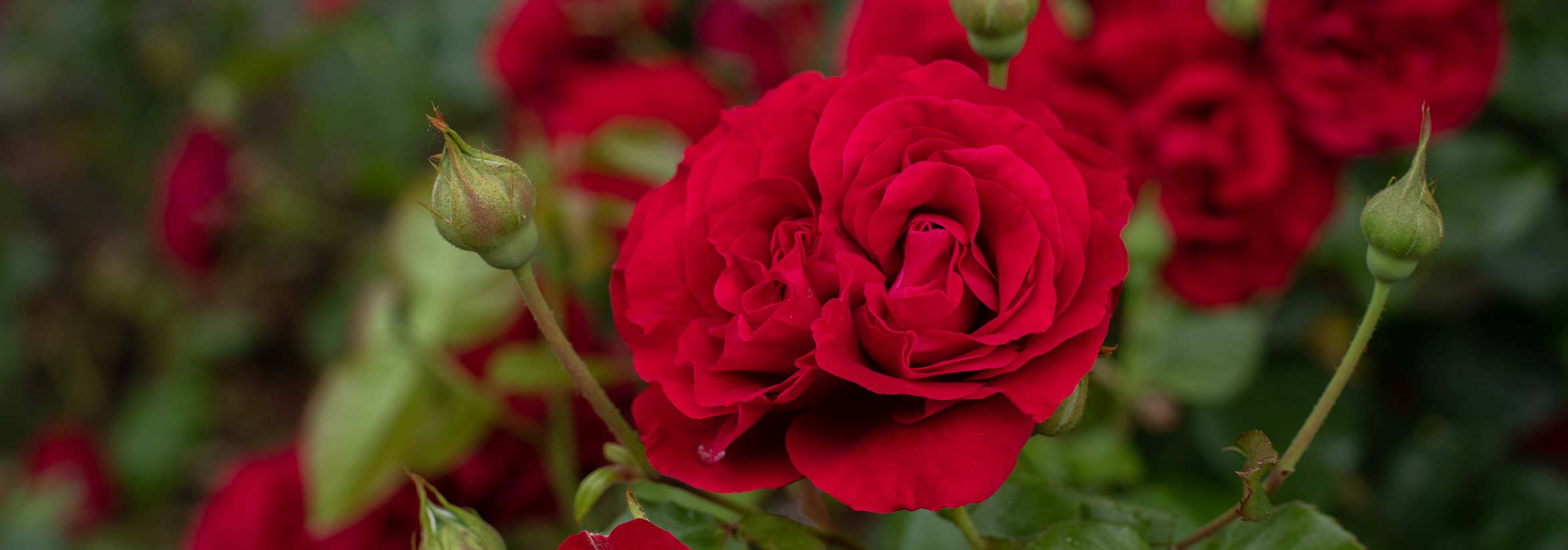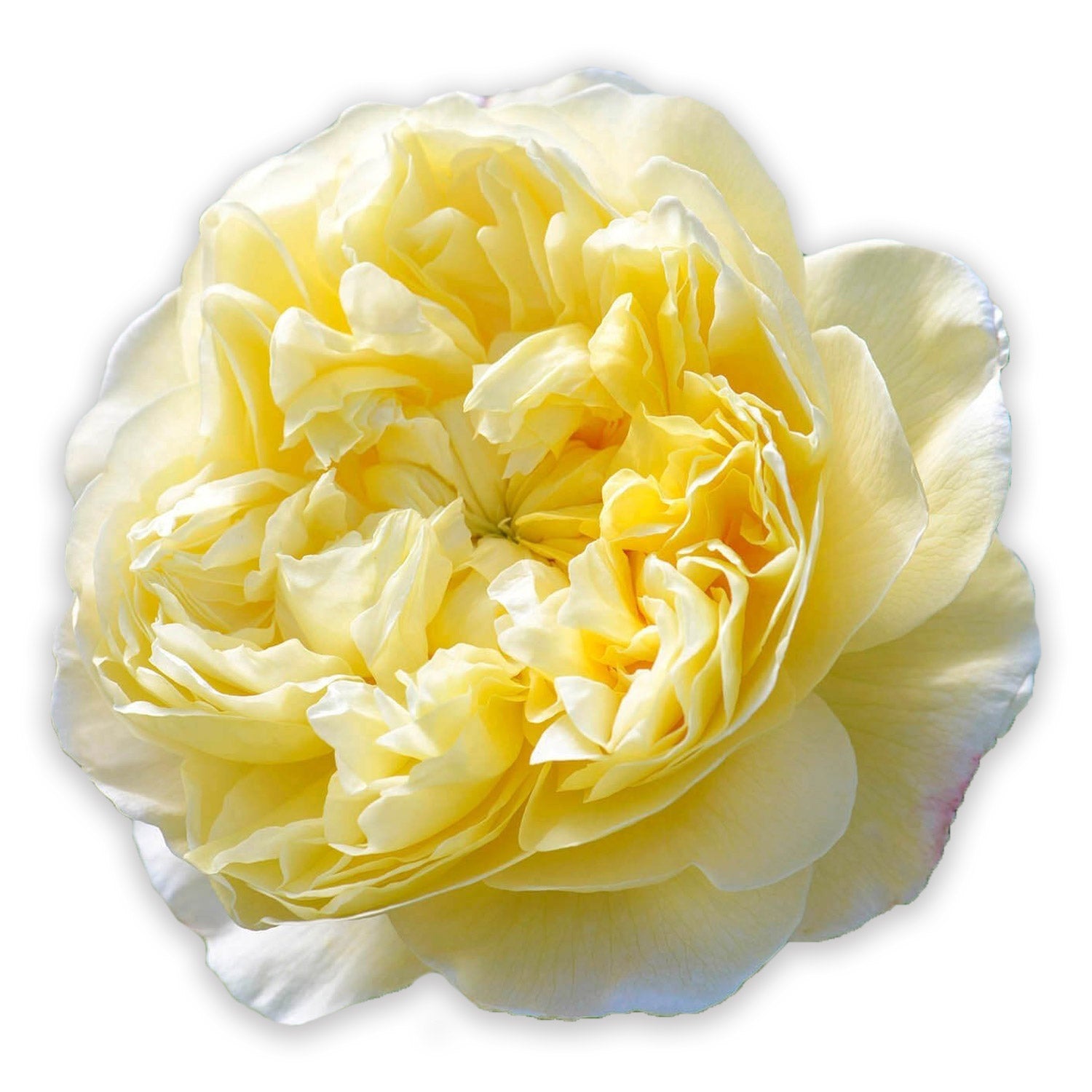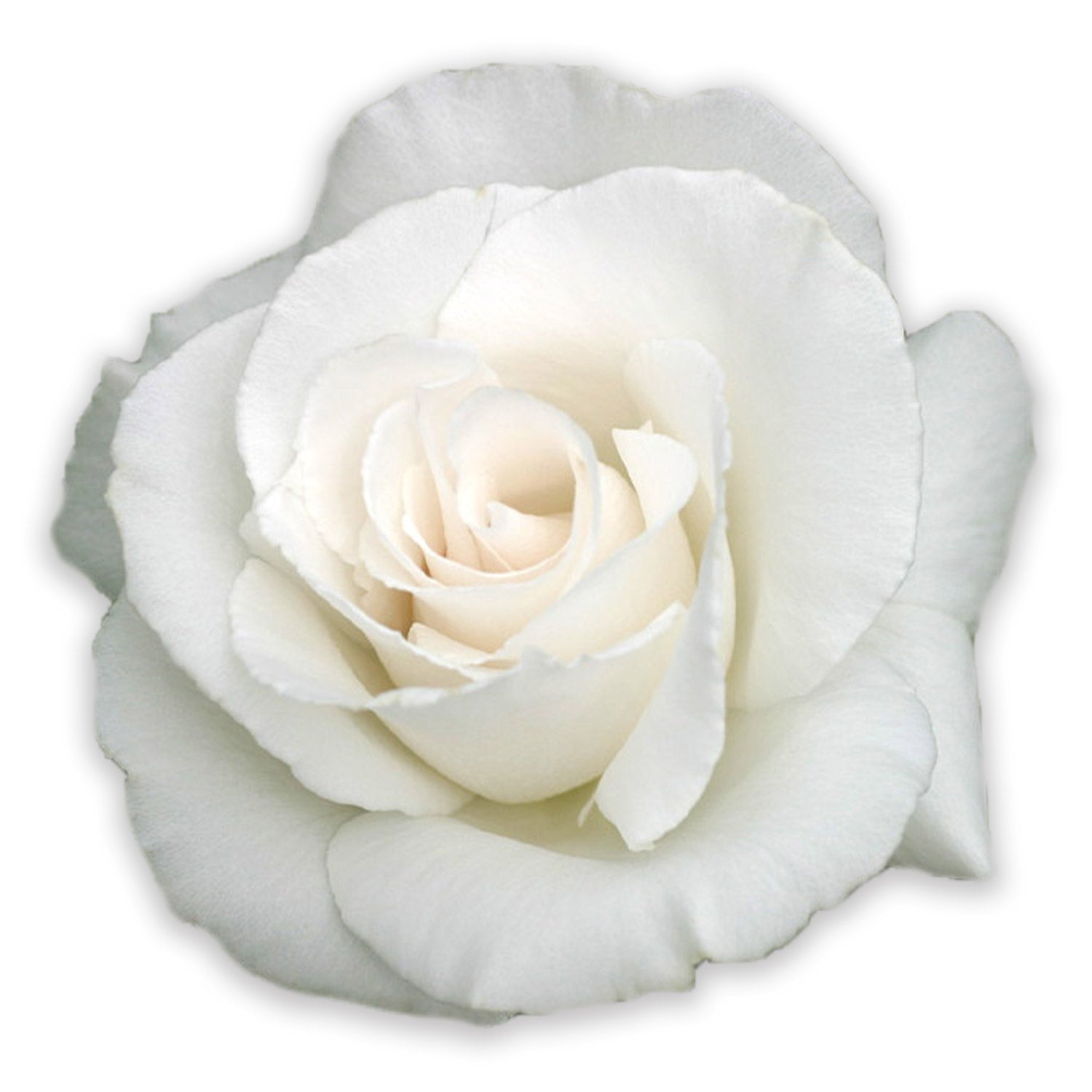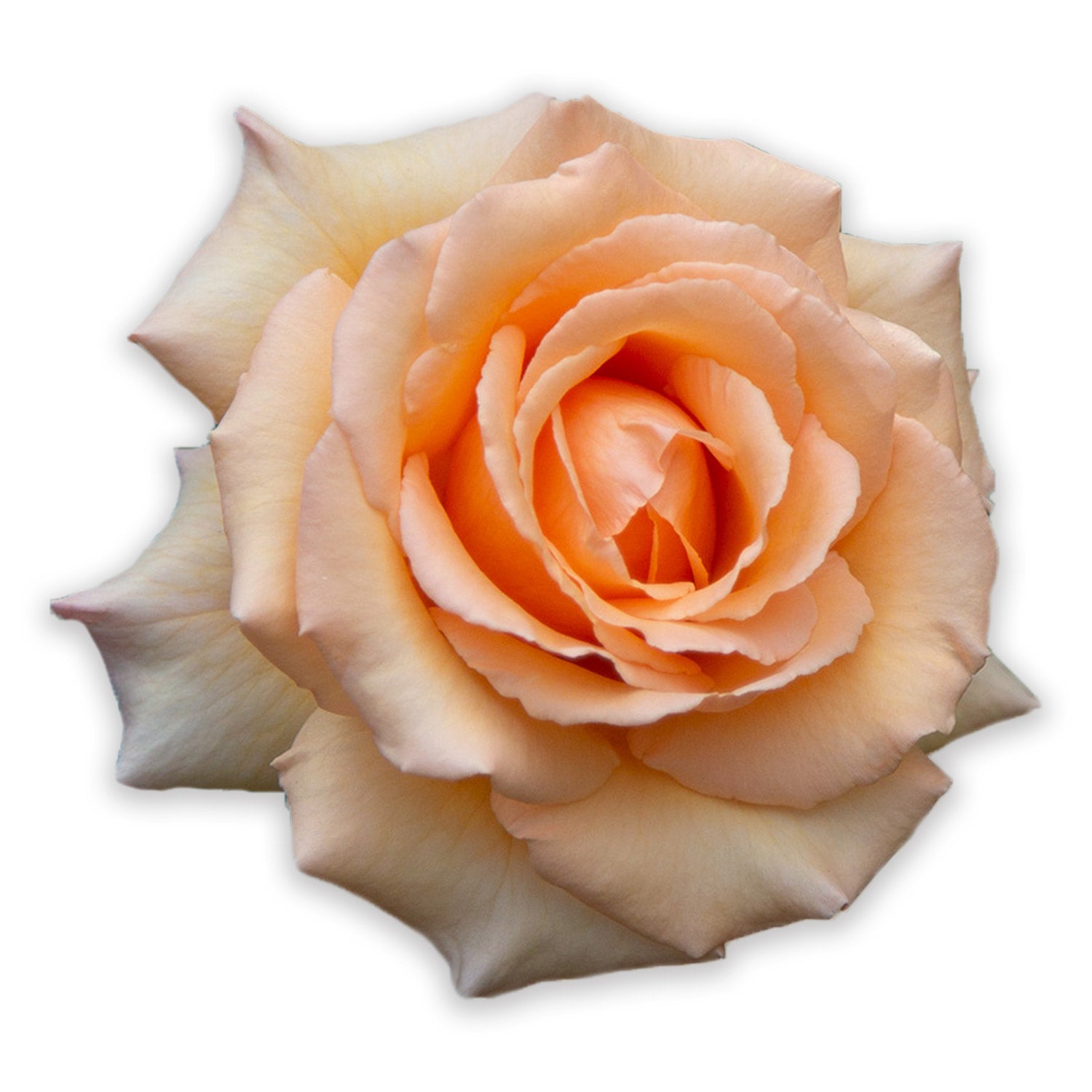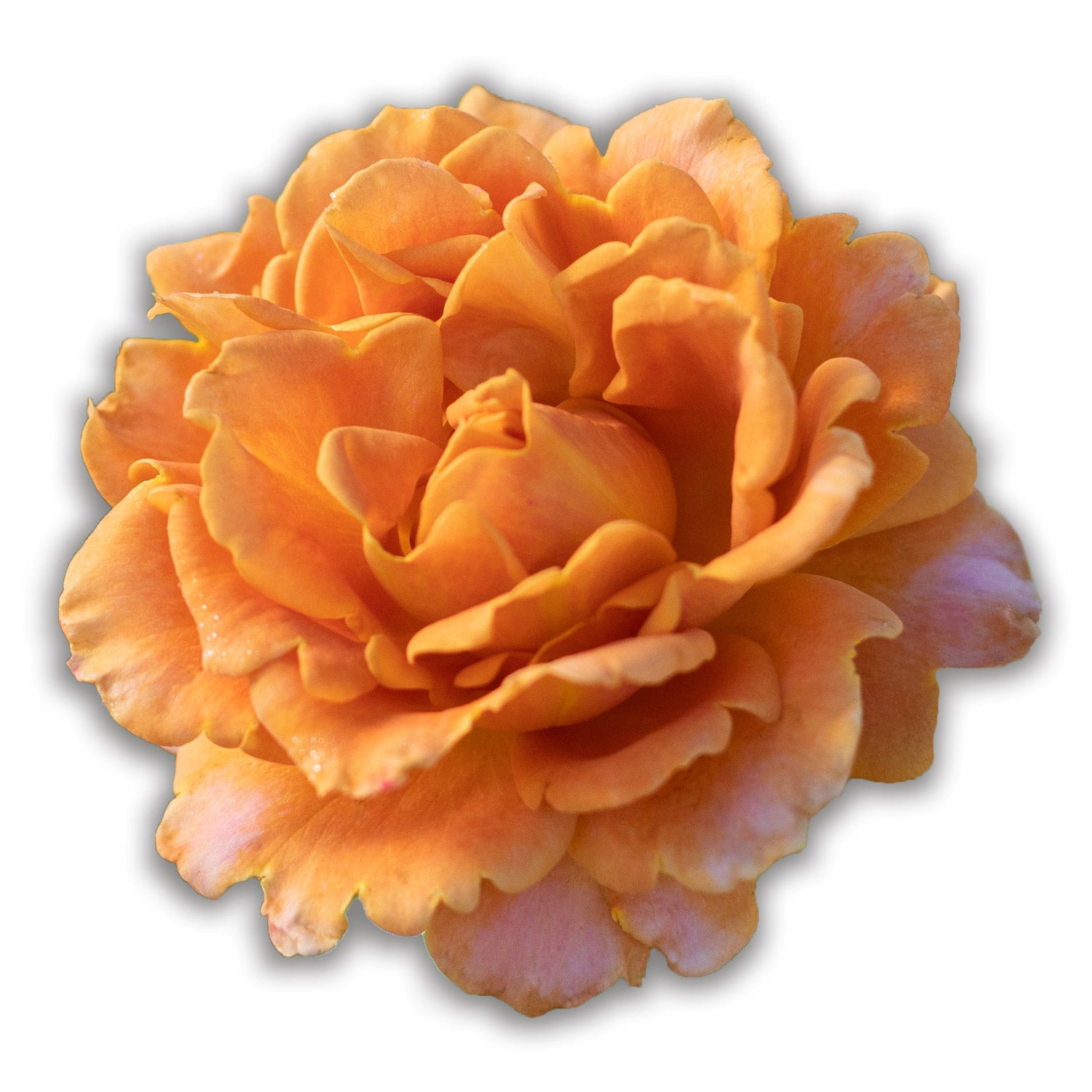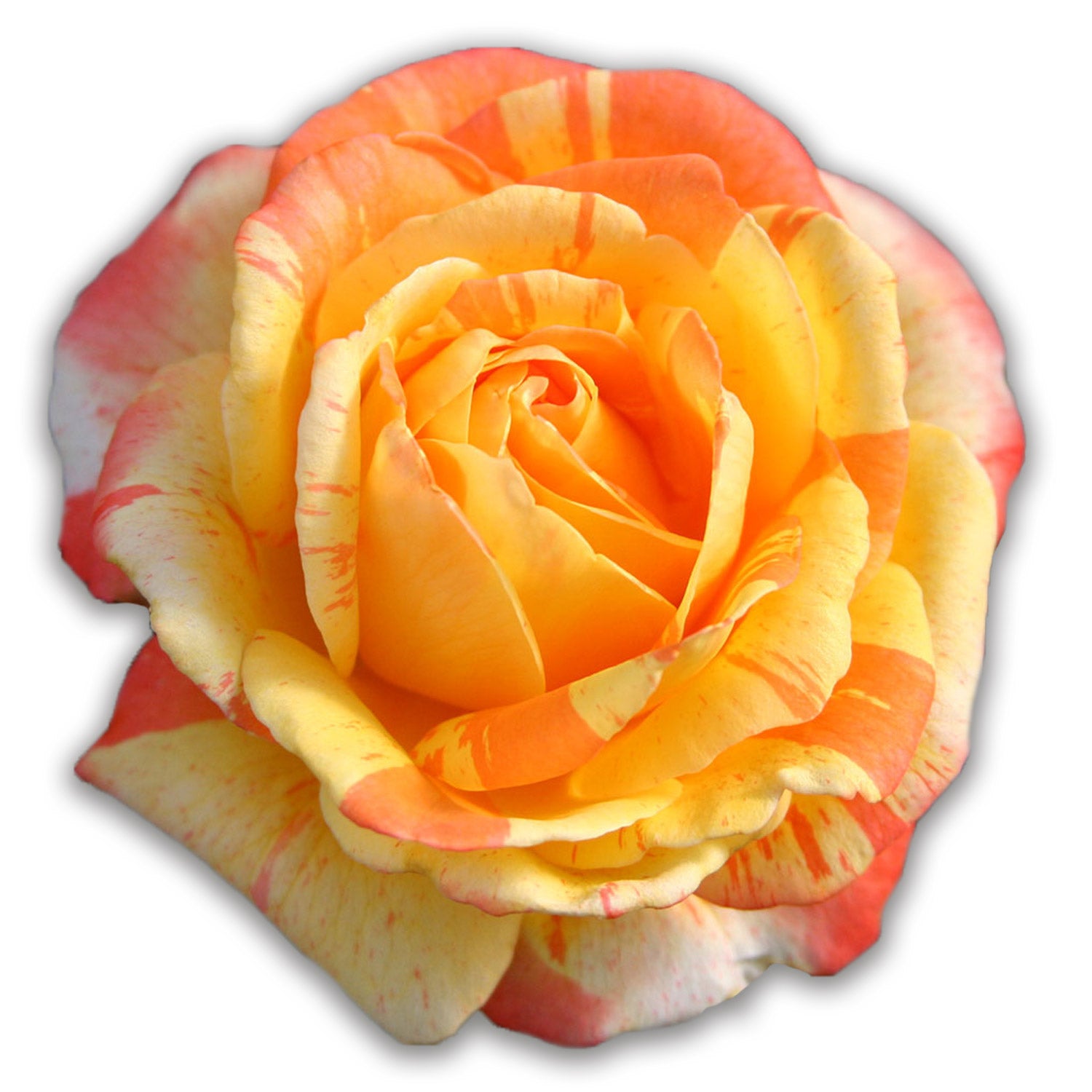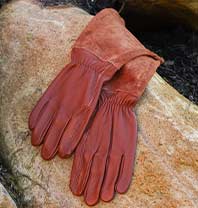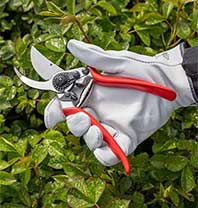A Life’s Work: Griffith Buck and Hardy Roses
There is nothing like the joy and great happiness of growing roses and sharing the beauty with people you love and even strangers. No one understood this better than Dr. Griffith Buck, a well-known hybridizer of the hardy Buck Roses.
Buck worked at the University of Iowa in Horticulture, conducting research and lecturing. When the weekend came, he would retreat every Saturday morning to tend to his personal garden by weeding, pruning and listening to opera on NPR.
“He was around people all week and liked to spend time with his roses, alone, on Saturdays,” said his daughter, Mary Buck. “Then he cooked for the family every Saturday night after his time in the garden. His speciality was ‘Dad’s Pork Chops’.”
Buck learned the art of homemaking from his parents, who after The Great Depression, found themselves without work after the closure of the mines and layoffs from factory jobs. When his mother was offered a steady factory job, his father quickly assumed the role of stay-at-home dad, a significant role reversal for the 1930s. Buck grew up learning to bake a perfect pie crust, and he specialized in cinnamon rolls and French market donuts.
In high school, Buck took a Spanish course and was required to practice his new language by writing letters to a Spanish speaking student. This class would be his introduction to a lifetime career and significant contributions to roses around the world.
In 1932, he began taking odd jobs to earn the quarter needed to “purchase” a pen pal’s address from the YMCA. His first attempt received no response, and his second attempt wasn’t successful either. In order to graduate high school, he had to complete this assignment; while reading in the library, Buck stumbled across a book about a hybridizer of roses in Spain named Pedro Dot. On a whim, Buck wrote to Senor Dot hoping to fulfill his correspondence requirement. He finally received a response from Maria Antonia, Dot’s niece. For four years, Antonia and Buck’s correspondence continued and each one contained comments from Dot on roses, hybridizing, and the joy of creating roses never seen before. Buck spent the next 9 years hybridizing every rose in his mother’s backyard beginning with old fashioned, one-time blooming roses, and he continued this passion even when he joined the service in 1942.
After the war, Buck entered Iowa State College where he met his wife, Ruby, received three degrees in horticulture and biology, and began his teaching career. He became a full time professor in 1974.
Buck’s passion for sustainable roses was clear. Gathering rootstock from both Manitoba, Canada and Siberia, he wanted to develop a winter hardy rose that was a repeat bloomer. Hybridizing, however, is a slow process, taking 3 to 5 years to develop a mature plant strong enough to bloom. “Dad was a patient man and slow to anger,” said Mary Buck. “He didn’t give up; he just kept improving.”
Finally, reaching out to Wilhem Kordes in Germany, he received the tip he needed. He had the wrong seed parent. Kordes suggested ‘Josef Rothmund’, a sweetbrier hybrid, and was happy to send a plant. Crossing ‘Josef Rothmund’ with ‘Rosa laxa” from Siberia resulted in the new parent plant for Buck’s roses.
With his new hardy, parent rose, Buck would plant the seedlings in the field and give them little more than water, sunshine, and cultivation. Survival was up to the plant. The results were stunning, cold hardy, heat-tolerant, and disease resistant roses. Earth Song, Carefree Beauty, Distant Drums, Winter Sunset, Applejack and many more are all the result of Buck’s hours of determination and experimentation. Throughout his career at Iowa State, Buck introduced 90 new varieties of roses and 15 varieties of geraniums.
“If you asked him what his favorite rose was, Dad would always say ‘Whichever one I’m looking at!’ “, shared Mary Buck. “He wasn’t overprotective of his roses either. You can’t be overprotective if you want people to enjoy beauty. He wanted them to be given away for others to enjoy. I never saw him be miserly.”
He would often help friends struggling with roses by telling them they were “just not growing the right one!” He gave away many of the roses he hybridized. This generous spirit is what has saved his roses. After his retirement, many of Buck’s roses, which remained on the campus, were tragically lost. However, one by one his varieties have been saved by friends and others who were the recipients of his gifted roses, returning cuttings to the university. Today, only six varieties have been lost.
“I think dad would have liked to spend more time researching genetics. They’ve gotten so much more information on that now. One of the geneticists here in Iowa was researching the genetics of his rose named, Freckles, which is very stippled, but they weren’t sure how it was passed on.” explained Mary, a retired biology teacher. “It’s possible that it’s one of those traits that is dominant, and sometimes triggered recessively and not a mutation. So the science of it is just fascinating. I would’ve liked to see what he could have done with stopping the myosis. For example, mauve and coral colored roses are less hardy than pink, red and yellow. It has to be something tied to genetics; it’s fascinating.”
For new Buck Rose gardeners, Mary recommends:

Carefree Beauty is a beautiful Shrub Rose with large, double blooms in vibrant pink. She is disease resistant and a nearly “carefree” rose.

Earth Song, a Grandiflora, with pink pointed buds fading to soft pink was Ruby Buck’s favorite rose.

Quietness, which Buck called “Just a Seedling” and planted in his own front yard in 1960. It is ivory white in the shade, but beautiful pink and fragrant in the sun.
Whether you enjoy the science behind the roses or just the beauty of a rose, you can now fill your garden with strong, hardy roses thanks to the many years of patient hybridization and research by Griffith Buck, whose exemplary career, commitment, and generosity redefined roses for the midwest and throughout America.




